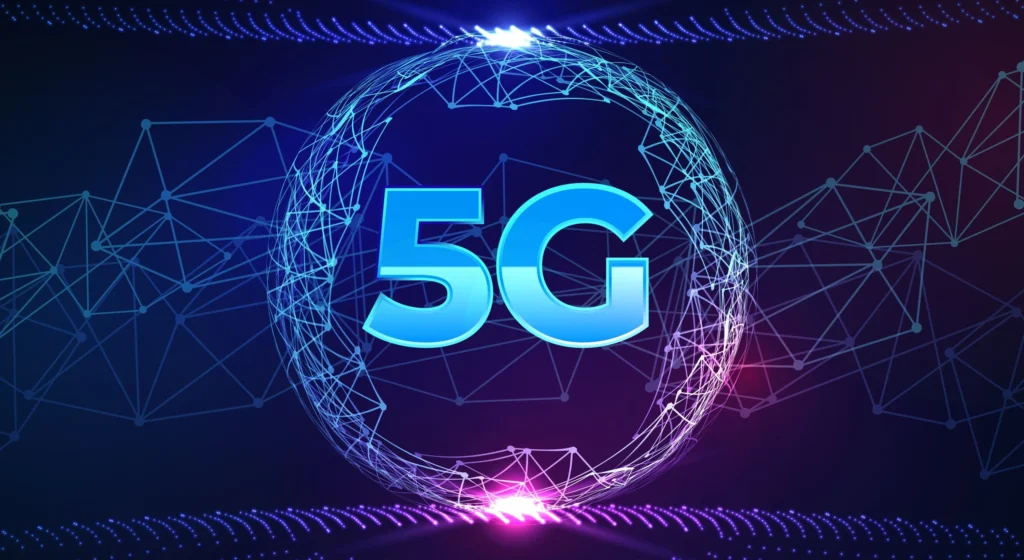5G technology is revolutionizing connectivity by offering faster internet speeds, lower latency, and the ability to connect a massive number of devices simultaneously. This next generation of wireless technology is set to transform industries, improve communication capabilities, and enable the development of innovative technologies such as autonomous vehicles and smart cities. With 5G, the potential for enhanced connectivity and communication is unprecedented, leading to significant advancements in various aspects of daily life.
The advent of 5G technology is reshaping connectivity in profound ways, as it promises to deliver ultra-reliable and low-latency communication, opening doors for advancements in virtual reality, augmented reality, and telemedicine. Moreover, the deployment of 5G networks will pave the way for enhanced mobile broadband, massive machine-type communications, and critical communication services, which will redefine the way we interact with technology. This advancement in connectivity is expected to bring about significant improvements in efficiency, productivity, and overall user experience, leading to a new era of connectivity and communication.
1. Enhanced Mobile Broadband (eMBB)
5G technology is revolutionizing connectivity by offering enhanced mobile broadband (eMBB), which provides significantly faster data speeds and lower latency compared to previous generations of mobile networks. This means that users can enjoy seamless streaming of high-definition videos, faster downloads and uploads, and improved overall internet browsing experiences on their mobile devices. With eMBB, 5G is enabling a new era of connectivity that is redefining the possibilities of mobile internet usage.
Moreover, eMBB is also paving the way for advanced technologies such as virtual and augmented reality applications, which require high-speed, low-latency connections to deliver immersive and interactive experiences. This has the potential to impact various industries, including entertainment, gaming, and education, by introducing new possibilities for content delivery and user engagement.
2. Internet of Things (IoT) Connectivity
Another way in which 5G technology is revolutionizing connectivity is through its support for a massive number of connected devices, known as the Internet of Things (IoT). 5G networks are designed to accommodate a significantly higher density of connected devices, enabling the seamless integration of IoT technologies into various aspects of daily life and business operations. This means that smart homes, smart cities, industrial automation, and other IoT applications can operate more efficiently and reliably with 5G connectivity.
Additionally, the low latency and high reliability of 5G networks make them well-suited for mission-critical IoT applications, such as autonomous vehicles and remote healthcare monitoring. With 5G, the potential for IoT connectivity is expanding, opening up new opportunities for innovation and optimization in diverse fields.
3. Ultra-Reliable Low Latency Communication (URLLC)
5G technology introduces ultra-reliable low latency communication (URLLC), which is essential for applications that require real-time responsiveness and high reliability, such as industrial automation, remote surgery, and public safety systems. With URLLC, 5G networks can deliver consistent and predictable low-latency performance, ensuring that critical communications and control functions operate with minimal delay and maximum reliability.
URLLC is revolutionizing connectivity by enabling the deployment of advanced automation and control systems that were not feasible with previous generations of mobile networks. This has the potential to drive significant advancements in industries such as manufacturing, transportation, and healthcare, where precise and reliable communication and control are paramount.
4. Network Slicing
5G technology introduces the concept of network slicing, which allows a single physical network infrastructure to be partitioned into multiple virtual networks, each tailored to specific types of services or applications. This enables operators to optimize network resources and provide customized connectivity solutions for diverse use cases, ranging from massive IoT deployments to ultra-high-speed broadband services.
Network slicing is revolutionizing connectivity by enabling the efficient allocation of network resources based on the unique requirements of different applications, ensuring that each service receives the necessary bandwidth, latency, and reliability to operate optimally. This flexibility and customization capability of 5G networks are driving the development of innovative connectivity solutions across various industries and use cases.
5. Multi-Access Edge Computing (MEC)
5G technology leverages multi-access edge computing (MEC) to bring computing resources closer to the edge of the network, enabling low-latency and high-bandwidth processing capabilities for applications and services. By moving computing tasks closer to the point of data generation and consumption, MEC enhances the responsiveness and efficiency of various connected devices and applications, ranging from augmented reality to real-time analytics.
MEC is revolutionizing connectivity by enabling new possibilities for distributed computing, content delivery, and real-time decision-making at the network edge. This has the potential to drive innovation in areas such as autonomous vehicles, smart infrastructure, and immersive multimedia experiences, by delivering enhanced performance and responsiveness through localized computing resources.
| Aspect | Impact |
|---|---|
| Speed | 5G offers significantly faster data download and upload speeds compared to its predecessors. |
| Latency | 5G reduces latency, leading to almost real-time communication and response in applications. |
| Capacity | 5G can support a larger number of connected devices in a given area without sacrificing performance. |
| Reliability | 5G provides more stable and consistent connectivity, making it suitable for critical applications. |
| Technological Advancements | 5G enables the development of new technologies and services such as IoT, augmented reality, and autonomous vehicles. |
5G technology is revolutionizing connectivity by offering faster speeds, lower latency, increased capacity, improved reliability, and enabling the development of new technologies and services.

